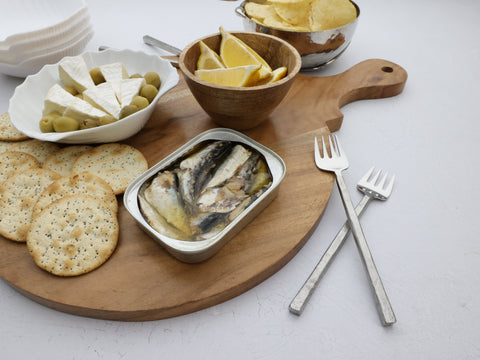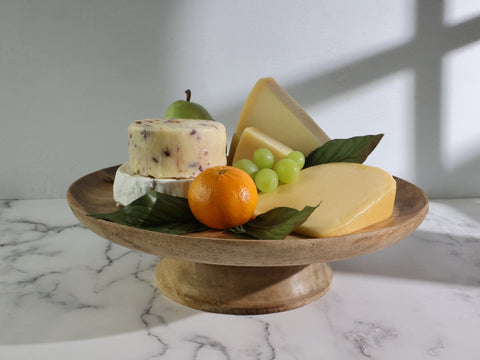When you see a table fork, it may appear to be a simple tool for eating. However, did you know that there are specific criteria that decide whether a utensil can be classified as a fork? A fork must have between 2 and 4 prongs, also known as tines. There are over 35 types of forks, each created for eating a specific food. There are fondue forks, strawberry forks (it has long tines for dipping strawberries in whipped cream or other toppings), salad forks, and more. While certain forks have extra-long tines, the pastry fork is the only one with an unusual-looking prong that resembles a chip or break.
History of the pastry fork
The pastry fork was invented during Victorian times. It was an era with a complicated dining etiquette that led to the development of unique and specific utensils designed for eating particular foods.

The design of the pastry fork is unique in that it has 3 prongs, with one broader prong with an almost blade-like edge for cutting. It was designed to cut through pastry. The top dining etiquette book of the time, entitled Manners and Tone of Good Society and published in 1879, said: “Pastry is always eaten with a fork alone.” It goes on to say that in the case of fruit tarts, a dessert spoon is also used, but only for holding the fruit and juice. Using a knife or your fingers was not allowed.

Pastry forks range in size from 4 inches to 7 ½ inches long. Our artisan-crafted pastry forks are 6 inches long, available in a variety of our unique flatware designs, and each set has 4 forks.
Why the notch?
When it comes to forks created to eat specific foods, we believe that the only forks featuring notches are pastry forks. The notched tine replaces the need for another utensil to cut the pastry before eating. This wider tine is convenient when at a gathering where everyone is seated in a chair (or standing) and holding their plates. The pastry fork allows you to hold the plate with one hand and cut through portions of a piece of pie or pastry with the other hand.

Is the pastry fork the same as a cake fork?
The pastry fork is also known as a dessert fork, pie fork, or cake fork. An ideal fork for eating cake, the wide prong of these unique flatware pieces cuts through the silky soft outer layer of a sponge cake, without crushing or ruining the cake’s appearance.

The Celia pastry fork is shown here with a piece of chocolate cake.
Other desserts that pastry forks can be used for are pies, éclairs, donuts, fruit tarts, and cupcakes. (If you’re a cupcake connoisseur and you’ve never considered using a fork to eat a cupcake, consider that using the wide tine to cut through the cupcake provides a perfect icing-to-cake ratio.)
How to set the table with a pastry fork
Having guests over? Whether you’re planning a Sunday brunch complete with delicious pastries or a Holiday dinner with pie for dessert, you may be wondering where to place the pastry fork.

Sundance silverware set with the matching Sundance pastry fork.
When setting a casual table setting to include the dessert course, the dessert fork or pastry fork is placed directly above the plate. The tines or prongs of the fork face right, and the teaspoon is placed above it with the utensil side facing left.
Anyone who appreciates the charm of the classic pastry fork design will love our artisan-crafted pastry forks. These unique flatware pieces will complete your dessert table. Paired with our cake and pastry serving sets, they are the ultimate housewarming or wedding gift.
🍰🥧🍩🧁



